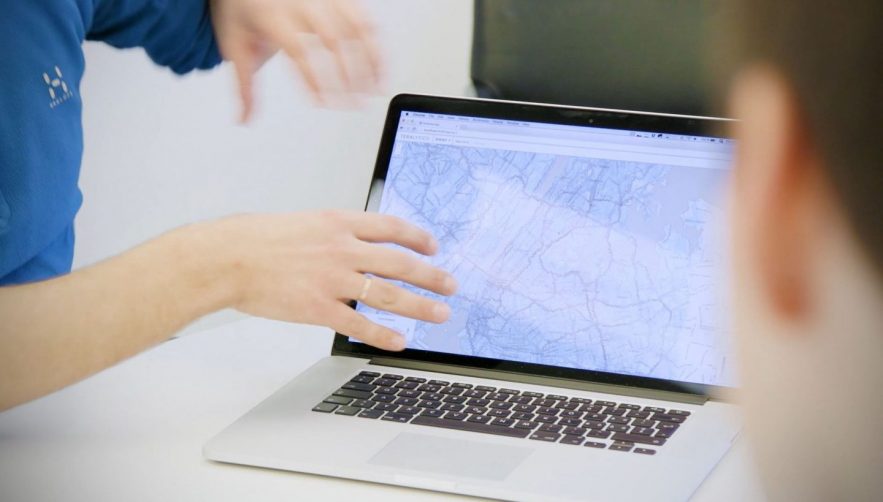
Is the Information Revolution the Catalyst We Need to Improve Cities?
Technology is deeply ingrained in our lives, yet we’re only at the beginning of the information revolution. With data science pushing new frontiers, we’re beginning to unlock the vast potential of data to improve how we understand the world around us.
The latest challenge has been that data is growing faster than our ability to process it. This mountain of data continues to multiply with no end in sight. While we have more information than ever before, it is worthless without the ability to analyze it and extract insights.
We’ve reached a crucial tipping point. The basic tenets and techniques of data science used today have been known for years, but with cloud computing creating a centralized and efficient computing resource, we now have the power to extract qualitative value from the quantity of data.

With cities growing worldwide, planners and policy makers need all the help possible to make better decisions on everything from managing traffic to where to develop new infrastructure and housing.
For example, if city planners know that rush hour traffic is worse along certain routes, they can make changes to the road network or reprogramme the traffic light timings. They can add new public transport routes, such as bus lanes or tram stops, and ensure that new housing developments are in areas that don’t compound the problem.
Although cities have been using data for decades, advances in technology have only allowed analytics to take off in the past few years. We now can access new, untapped data sources, such as mobile signal networks that are only possible due to the massive increase in smartphone use in recent years.
Using this data, we’re able to track how human behavior impacts cities and uncover trends to help policymakers make more informed decisions. Decisions could range from the best location to build a bus stop and ease congestion to identifying the part of the city which will benefit from new housing the most.
By organizing society in a new, data-oriented way we can better understand how cities function. This is key to make our cities smarter and creates a continuous feedback loop, allowing us to use this same signal data to determine if a specific change is effective.

The opportunities are endless. However, organizations need to be wary of blindly following the “data religion.” We tend to implicitly trust algorithms and the resulting data, forgetting that the information may be flawed for some reason. Though debugging data is a huge challenge, companies that rely on biased data place themselves in danger of making wrong decisions based on flawed insights.
Cities today are merely scratching the surface in using big data to improve operations. Unlocking powerful mobility data is just one way in which big data can help us improve the way we understand the world around us to create a better quality of life in communities. In healthcare, for example, great strides are being made in using big data to pool experience and intelligence to fight diseases and improve patient outcomes while lowering costs.
We’re at a critical junction right now. The ‘information revolution’ has matured at a much faster rate than the industrial revolution, and the next ten years will change the world more profoundly than the last twenty years. This can be a scary thought, but it’s also an optimistic one, since we have the opportunity to use big data to change the world for the better. The question is can we take advantage of the opportunity and make this vision a reality?
Donald Kossmann is the director of the Microsoft Research Lab in Redmond and co-founder of Teralytics. He is also a professor of computer science at the Institute for Information Systems of ETH Zurich, one of the world’s top universities, a position he’s occupied since 2004.